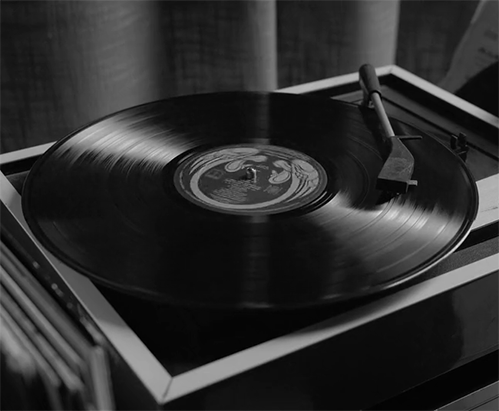For centuries, artists have employed brushes, chisels, and scribbles to craft sense from nonsequiturs, imbuing masterpieces with feeling. Yet now, there's a new artist on the block, one that never tires, never hesitates, and still, somehow in a mysterious fashion, surprises us. Artificial intelligence, once the purview of reason and calculation, has usurped its seat on the stage of creativity, generating images, sound, video, and verse that challenge our most basic assumptions about creativity.
AI does not dream. It does not feel the agony of a blank canvas or the triumph of a completed masterpiece. Yet, through algorithms and neural networks, it produces works that evoke emotion, curiosity, and sometimes even awe. Tools like OpenAI's DALL·E, MidJourney, and Google's DeepDream take mere words and transform them into visual spectacles, drawing from an ocean of human-made art to generate something entirely new, yet eerily familiar.
Now, this creative explosion extends beyond static images. Text-to-video models like Runway Gen-2, Pika Labs, and Sora are pushing the boundaries further, generating fully animated clips from simple descriptions. Imagine typing, "A cyberpunk city at night, neon lights reflecting off rain-soaked streets," and watching an AI craft a vivid, moving scene in seconds. While these models are not yet perfect too often creating unrealistic motion or frame-to-frame animation that is inconsistent they portend an age when professional-grade animation can be created without the expense of specialized equipment or battalions of animators.
In 2025, the Twins Hinahima anime series premiered using AI-enhanced production techniques. AI performed activities like converting photographs to anime sketches, while human artists retouched character details and animation. Similarly, in experimental filmmaking, AI-created video segments are being used to quickly storyboard scenes, helping directors visualize sequences before a single frame is shot. Despite how advanced AI is becoming, human touch is still required in bringing emotional depth and coherence to such productions.
As more sophisticated AI-generated art appears, questions of ownership and authorship arise. Artists argue that AI simply remixes what is already out there, recombining pieces of old work like some high-tech digital collage. But if that's the case, what about human artists?
AI didn't kill calligraphy. No more than the invention of fonts replaced calligraphy,wedding invitations, tattoos, and branding still value it, AI art will not replace traditional painting or sculpture. While AI art may own digital domains, it cannot replace the sensory joy of working on canvas or carving marble.
Van Gogh drew on Japanese prints. Picasso learned from African masks. Creativity has always been a combination of imitation and innovation. AI is somewhat the same thing, it's based on past learnings and doing something different with them, at times in unpredictable ways human creators may not imagine. The twist? Human creatives possess purpose, whereas AI operates with chance and patterns.
Beyond just generating whimsical artworks, AI's ability to create hyper-realistic images and videos has led to instances of unintentional deception.
With text-to-video models, the problem is even bigger. Deepfakes, or false videos, already hide the line between what is real and what is not. Imagine a realistic AI-generated news broadcast where a politician says something they never did say. While these technologies have tremendous artistic potential, they also create new ethical challenges regarding misinformation and trust.
One of the significant distinctions between human and AI-generated work is purpose. Human painters invest personal experience, feeling, and philosophical outlook into their art. AI doesn't have independent thought or subjective experience. It generates on the basis of mathematical probability instead of conscious expression. While AI art can be visually arresting, it doesn't have the depth of meaning human-generated works do, unless interpreted by a human.
Despite caution that AI may render human artists obsolete, history takes a different turn. Rather than wiping out human imagination, AI is transforming it, enabling artists to draw upon new ideas and techniques they would never have considered otherwise.
Perhaps the most unconventional pieces of AI are a tribute to the idea that creativity isn't necessarily about depth or meaning. Sometimes it is about surprise, the pleasure of the unexpected. By doing so, AI is not replacing the human spirit of creation. It is, in a peculiar way, paying tribute to it.
